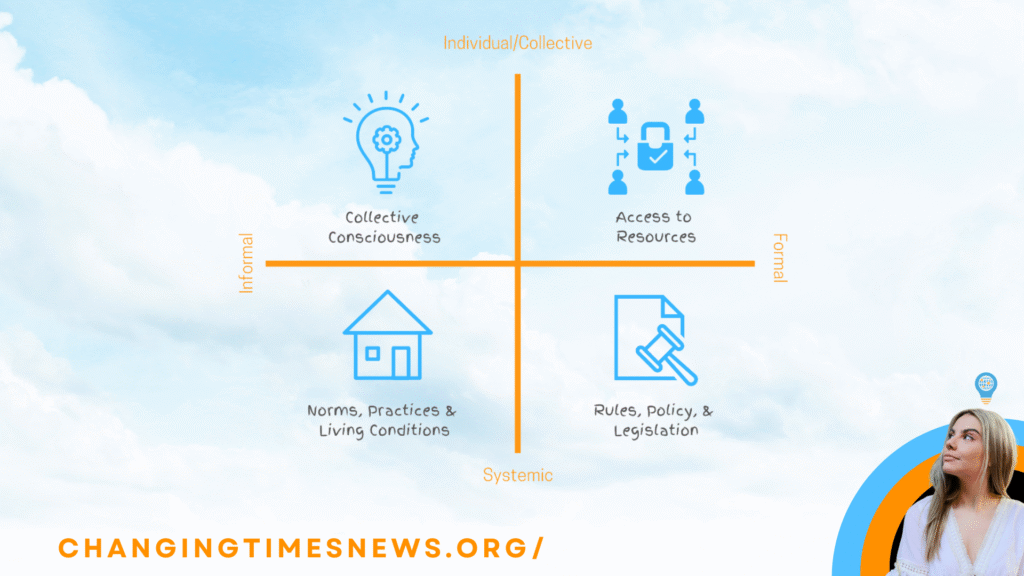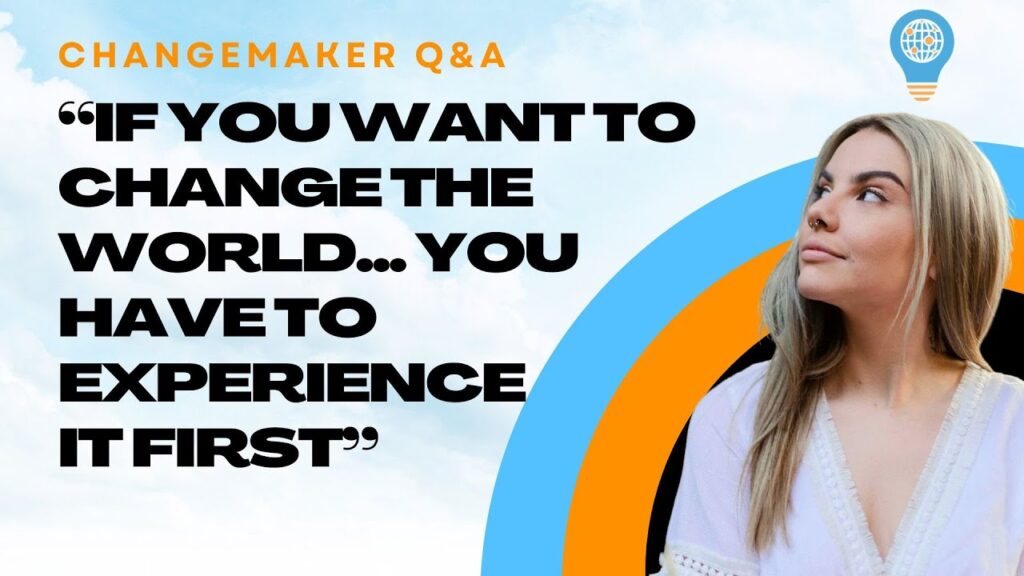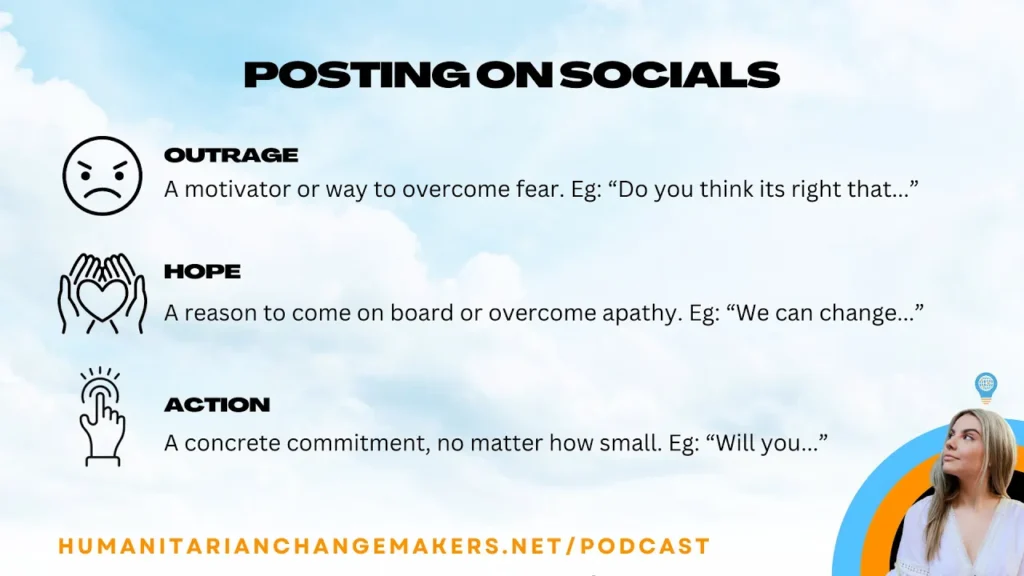Australia’s rejection of the Indigenous Voice to Parliament referendum in October has left many campaigners asking: what happens now? While the result was a setback for advocates, it has also sparked one of the largest mobilizations around Indigenous justice in recent history—a reminder that the momentum for change remains strong.
In the latest episode of Changemaker Q&A, host and Humanitarian Changemakers Network founder Tiyana J challenges listeners to view the referendum not as an end point but as a turning point. “We know where Australians stand,” she explains, “and now we need to use this knowledge to shape our vision for the future.”
From Division to Shared Vision
Rather than focusing on “sides,” Tiyana emphasizes the importance of perspectives—conservative, progressive, Indigenous, non-Indigenous, young, and old. A shared vision, she argues, is the cornerstone of effective social change.
That vision can take many forms. In community workshops, Tiyana uses the LEGO® Serious Play® methodology, where participants build metaphorical models of their desired future, sharing stories and ideas through the bricks. On an individual level, she suggests journaling from the perspective of one’s future self or creating a vision board to make long-term goals more tangible.
This approach resonates with established research. Scholars note that shared visioning processes increase collaboration and reduce polarization by shifting focus from opposing “camps” toward co-created futures (Harvard Business Review).
Building a Theory of Change
With a vision in place, the next step is to design a theory of change. Tiyana outlines the first step of creating a theory of change in the Humanitarian Changemakers Network’s social change 101 framework, which maps outcomes across two dimensions:
- Individual/collective change versus systemic change
- Formal (tangible, policy-level) versus informal (cultural, attitudinal)
This creates four categories of potential outcomes:
- Informal individual/collective change – such as greater public recognition of Indigenous history.
- Formal individual/collective change – including culturally inclusive school curricula or workplace training.
- Formal systemic change – constitutional recognition, treaty, or stronger accountability mechanisms.
- Informal systemic change – community-driven initiatives, cultural revitalization, or shifts in collective narratives.
By mapping actions into these quadrants, campaigners can more clearly see how grassroots storytelling connects to legislative reform, and how cultural shifts can pave the way for formal recognition.

Want to learn this framework?
Learn our Social Change 101 framework in our Beginner Changemaking Essentials bundle as part of our FREE Social Impact Foundations course via the School of Social Impact
Rewriting the Story of Australia
At the heart of this approach is storytelling. Tiyana argues that many “no” voters weren’t rejecting the future itself, but the way it was framed. Bridging those divides requires rewriting a collective story of what it means to be Australian—one that acknowledges Indigenous history and knowledge as shared history and knowledge.
Resources like Frontier War Stories (a podcast by Boe Spearim), SBS’s documentary series The Australian Wars, and David Marr’s book Killing for Country offer deeper insight into Australia’s colonial history. Similarly, the First Knowledges book series highlights how Indigenous knowledge systems—spanning songlines, design, and ecology—offer tools for reimagining society today.
Social Media as a Tool for Change
While the referendum revealed how misinformation spreads online, it also showed the power of digital platforms to mobilize people. Social media campaigns drove record participation in rallies, cultural events, and conversations that may not have happened otherwise.
Studies from the Pew Research Center confirm that social media is now one of the most influential tools for civic engagement, particularly among younger demographics. Used strategically, it can amplify Indigenous voices, spread educational resources, and foster dialogue across perspectives.
Where to From Here?
For allies and advocates, the challenge is to act collectively while ensuring Indigenous leadership remains central. That means supporting existing community initiatives, contributing skills where needed, and sustaining the momentum beyond moments of crisis.
As Tiyana concludes in the episode: “Failure to plan is a plan to fail. Without a shared vision and a clear theory of change, we risk ending up back where we started. But with them, we have a roadmap for real, lasting transformation.”


